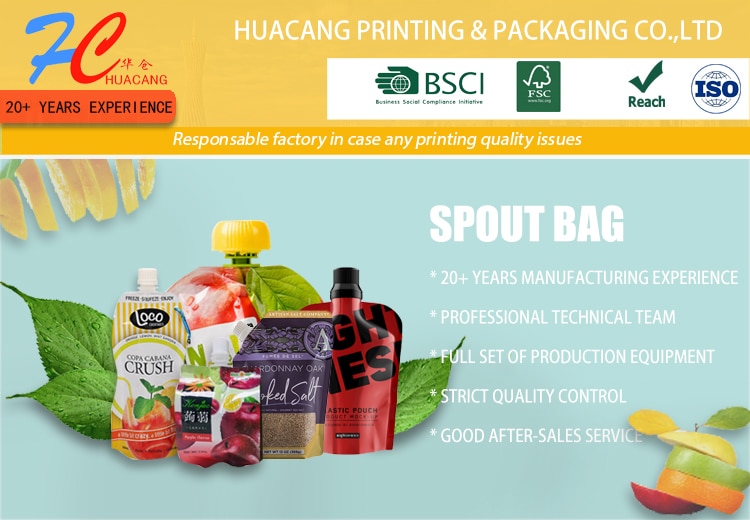Introduction:
Food-grade composite packaging bags play a crucial role in preserving, protecting, and presenting food products. Ensuring the safety and quality of these bags is vital to maintain product freshness and comply with food safety regulations. In this article, we will delve into the manufacturing process of food-grade composite packaging bags, highlighting the key aspects that contribute to their efficacy and safety.
1.Material Selection:
The first step in the manufacturing process is selecting the appropriate materials for the composite packaging bags. Food-grade materials must meet strict safety standards and be free from harmful substances. Commonly used materials include polyethylene (PE), polypropylene (PP), polyester (PET), aluminum foil, and kraft paper. Each material offers specific properties such as barrier protection, strength, flexibility, and printability.
2.Lamination Process:
Composite packaging bags are made by laminating multiple layers of materials together to achieve the desired protective and aesthetic properties. The lamination process typically involves using adhesives, extrusion coating, or thermal bonding. Lamination enhances the bag’s strength, barrier properties, and resistance to punctures and tears.
3.Printing and Customization:
Before the laminated materials are formed into bags, they can be printed with custom designs to showcase the brand’s logo, colors, and other visual elements. Food-grade inks and printing processes, such as flexographic or rotogravure printing, are used to ensure that the printed design is safe, durable, and resistant to fading or smudging.
4.Bag Formation:
The laminated and printed materials are then formed into bags using specialized machines. Depending on the desired bag type and features, various methods such as heat sealing, folding, and cutting may be used. This step also involves incorporating additional elements such as zippers, tear notches, and gussets.
5.Quality Control and Inspection:
Throughout the manufacturing process, rigorous quality control measures are in place to ensure the safety and effectiveness of food-grade composite packaging bags. Inspection procedures may include visual checks, leak tests, and barrier property assessments. Only bags that meet strict quality standards are approved for food packaging.
6.Packaging and Storage:
Once the composite packaging bags have passed quality control, they are carefully packaged and stored to maintain their pristine condition until they are shipped to customers. Proper storage conditions, such as temperature and humidity control, are crucial to prevent potential contamination or degradation of the bags.
Conclusion:
The manufacturing process of food-grade composite packaging bags involves several crucial steps, including material selection, lamination, printing and customization, bag formation, quality control, and proper storage. Understanding this process helps businesses and consumers recognize the importance of high-quality food-grade packaging bags, ensuring the safety and freshness of their products while complying with stringent food safety standards.

